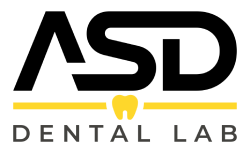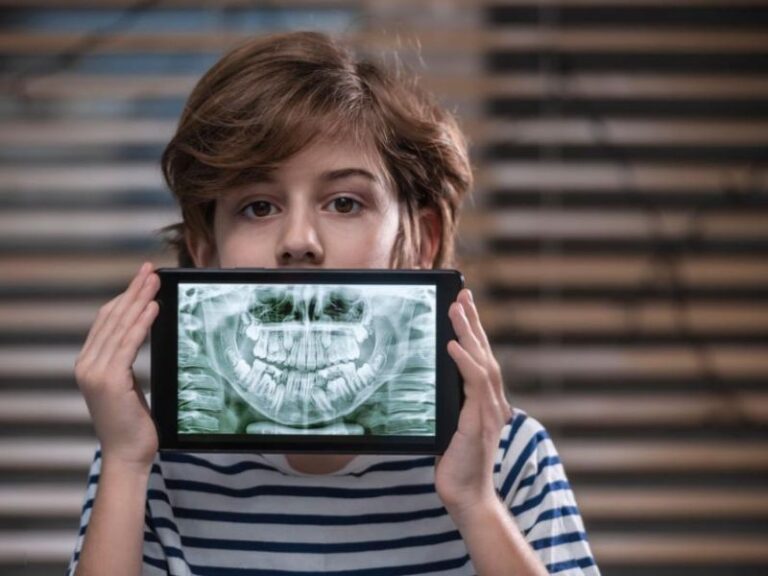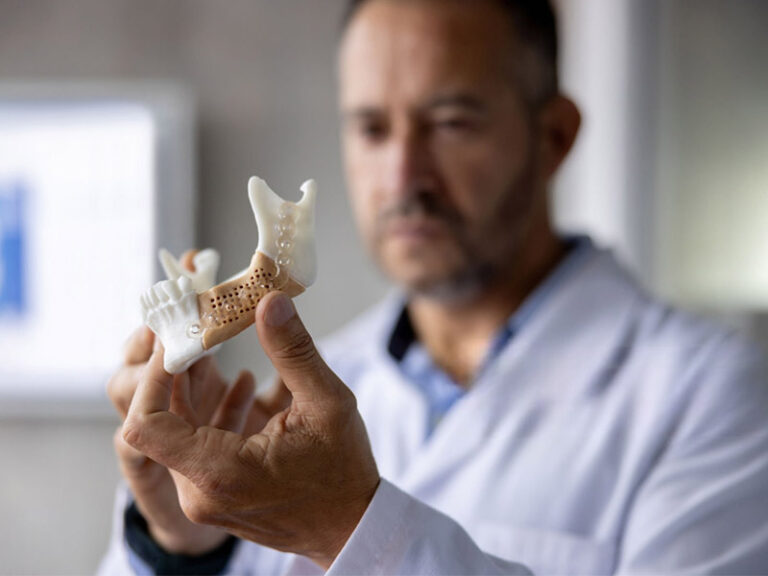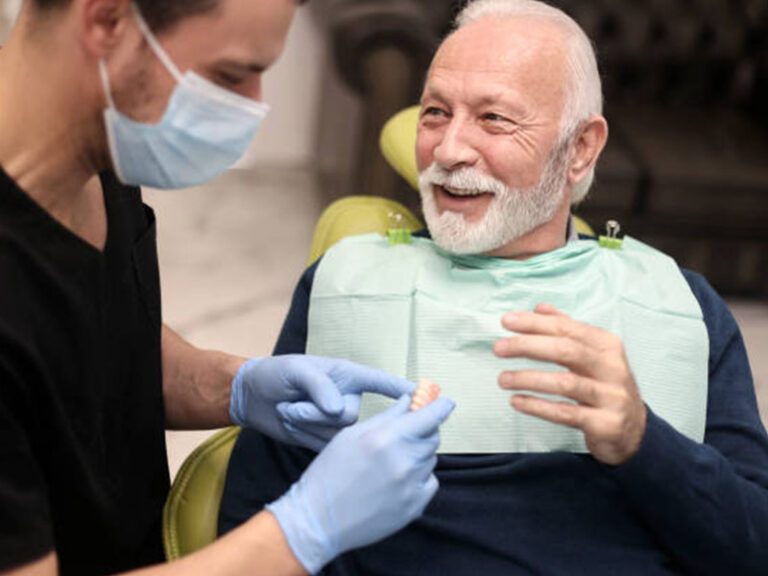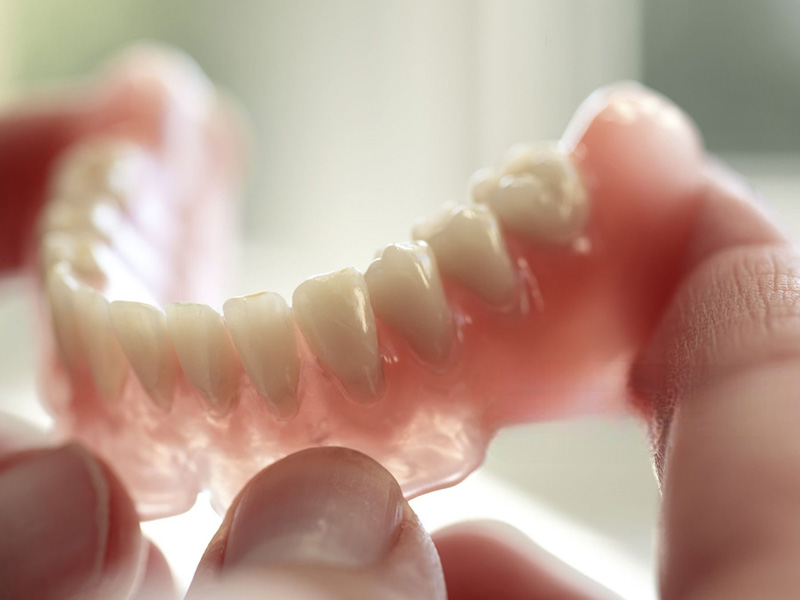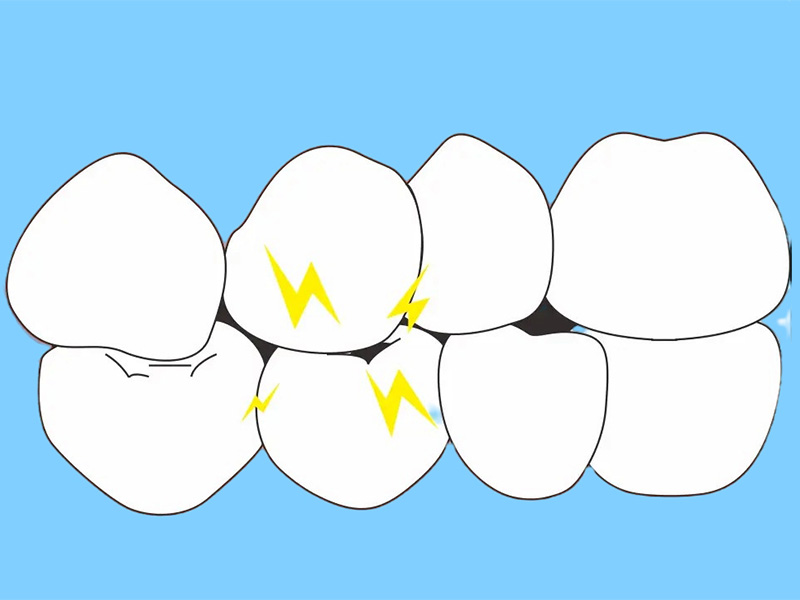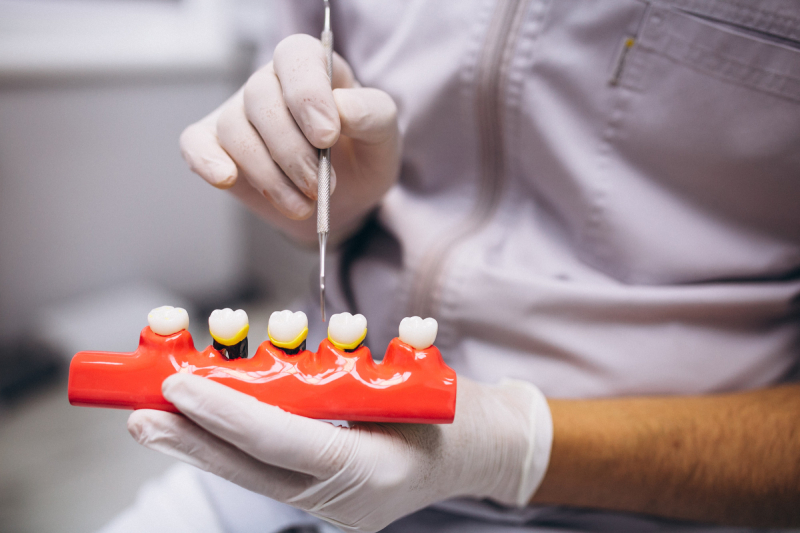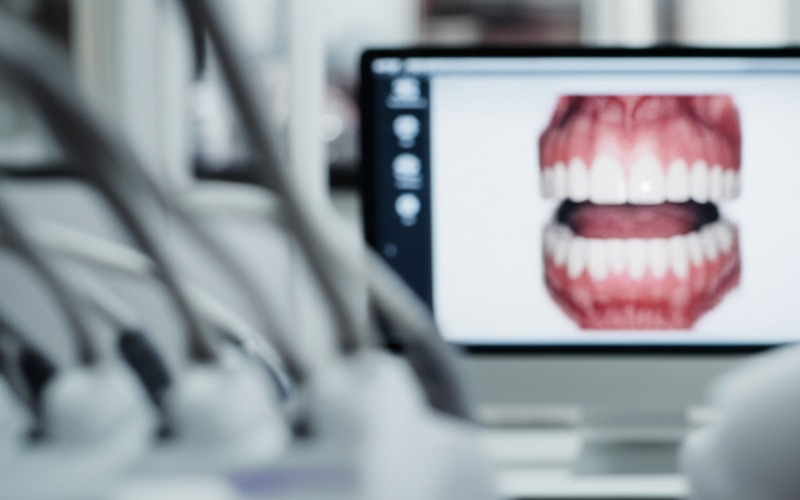
The Ultimate Guide to Efficient Dentist-Lab Communication: Making Your Smile, Experience, and Dental Care Even Better
Let’s be honest—most people don’t wonder what goes on behind the scenes when your dentist sends an impression or scan to the lab. You just hope to get a good-looking crown, a comfy denture, or a smooth veneer. But what if something goes wrong? Suddenly, you need to come back again, get your tooth remade, or wait longer than you thought.
If you’re a patient wondering why your treatment takes so long, or a dental pro looking for ways to make things run smoother, you might be surprised where the answer lies: how your dentist and the dental lab talk to each other. It’s like an invisible string tying together every part of your care, from the first step to the final result. When this connection works, everybody’s happy. When it doesn’t, you end up with useless extra visits, results that don’t look right, or extra costs.
So, why does good dentist-lab communication matter so much, and how can we make it better? This guide explains it all, in simple terms, so you know what to expect and how today’s dental care really works.
Table of Contents
1. Why Good Dentist-Lab Communication Matters
“I just want my new tooth to fit and look normal…”
If you’ve ever thought this, you’re not alone. Patients often wonder why they need to come back many times, or why a crown doesn’t fit right away. The reason almost always has to do with how well your dentist and the lab talk about your teeth.
Think of it like ordering food at a restaurant. If you ask for a burger with no pickles, but the server forgets and the chef adds pickles, you won’t be happy. In dentistry, if your dentist doesn’t give all the needed details—or if the lab doesn’t ask questions—your dental work might come out wrong.
In short, when your dentist and the lab communicate well, your treatment is more likely to be right, fast, and made just for you. The dental team and the lab need to work together, or you’ll get more visits, extra waiting, or results you won’t like.
2. What Goes Wrong? What Happens When Things Don’t Go Right
Even with all our new tech, mistakes still happen. What does poor communication look like, and why does it matter to you?
Picture this:
- Your crown or bridge shows up, but the color is wrong and it sticks out next to your other teeth.
- Your new tooth just doesn’t feel right, and you need more visits to fix it.
- That “one appointment” turns into two or three, because someone missed an important detail.
- In the end, you leave feeling annoyed, tired, or let down.
Here’s some numbers:
- Redos—cases that need to be made again—can be as high as 10-15% when info is missing or not clear.
- Wait times—how long it takes from making the mold to getting your new tooth—drag on when labs have to ask for more info.
- Patient happiness goes down when things take longer or don’t look right. Some groups saw an 18% boost in happy reviews just by fixing their communication!
Long story short: Bad communication wastes time, money, and trust for everyone—patients, dentists, and labs.
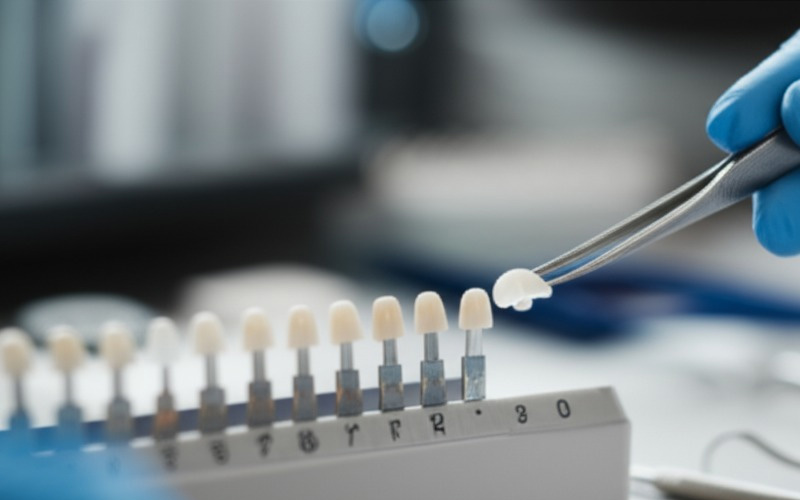
3. The Basics of Great Dentist-Lab Communication
How do you skip all these headaches? Good communication stands on some simple building blocks:
A. Keep It Clear and Simple
- Clear Forms: Think of these like a recipe. The better the directions, the better the food. Digital forms let dentists check boxes, send photos, and mark every detail—from color to materials.
- Steady Submission Steps: Labs do best when they get every case in a steady, easy-to-understand way. That means putting in all the files, scanning papers, and checking details before you send anything.
- Records: Things like photos, digital teeth scans, or videos help the lab guess less and get more right.
B. Go Digital
- More Accurate, Less Stress: With digital scanners and online platforms, you have a clear digital trail for each case. No more reading bad handwriting or losing papers.
- Safe Info Sharing: Secure online tools keep your personal info safe and let labs get started right away.
C. Feedback Is Huge
- Open Up: Good labs ask right away if something’s not clear, instead of waiting for a problem later.
- Keep You Updated: You, or your dentist, should always know where things stand. If there’s a delay, you’ll know why.
- Talk After Delivery: If your crown doesn’t fit, the feedback helps fix future cases.
And you don’t need a fancy clinic to do this stuff. Even small offices can use simple forms, camera phone photos, or safe email.
4. How Technology Is Changing Dental Care
Dental care is going digital at every step. Here’s how:
A. Digital Mouth Scanners
No more gooey trays in your mouth! These machines scan your teeth in 3D, then send a file to the lab right away. There’s no squishing, no mailing, no waiting.
What’s good:
- Fits better the first time
- Sent instantly, no slow mail
- Less fixing and fewer do-overs
B. Online Case Portals
Websites like DentalMail or other lab software act like traffic control for every case. You upload files, track progress, and send messages in one place.
The upside:
- Check where your case is, anytime
- Built-in data security
- Message, upload, or read updates in real time
C. Using Photos and Scans
Photos show way more than words ever could—like fine color detail, gum texture, or how your teeth shine in light. Super detailed X-rays like CBCT give the lab the full picture.
D. Computer Design & 3D Printing
Now, dental techs can design crowns and bridges on a computer, then “print” your new tooth with total accuracy, using materials like zirconia or fancy plastic.
5. The Real Benefits: Why Everyone Should Care
So, what’s in it for you?
For Patients
- Fewer Visits: Digital means your new tooth is more likely to fit right the first time.
- Looks Better: More accurate work means it looks and feels like your real tooth.
- Less Worry: You’re less likely to stress over mistakes or long waits.
- Quicker: All the back-and-forth gets cut down.
- Peace of Mind: Your team is working together for you.
For Dental Offices
- Fewer Mistakes: Less wasted time and money for everyone.
- Quicker Turnaround: Get more done, faster.
- Happier Patients: More smiles, better reviews, more people telling friends.
- Better Business: More time for new patients.
- Stronger Lab Teamwork: Builds trust, not blame.
For Dental Labs
- Workflow is Smoother: No more chasing missing info.
- Less Material Waste: Digital details mean fewer things thrown away.
- Grow with the Industry: Labs using new tech draw in more work and keep learning.
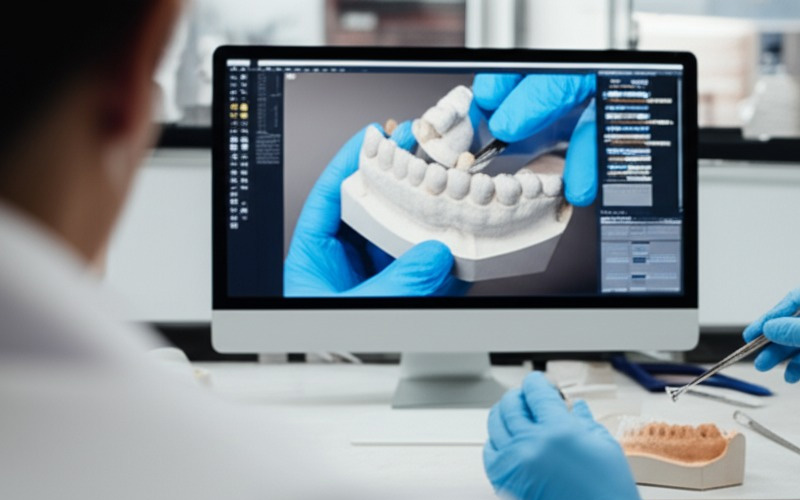
6. How Dentists Can Make Communication Smoother
Dentists can make everything easier when they:
- Use Digital Forms: Send details with online tools that are easy to read.
- Give More Info: Share all records—photos, digital scans, videos if needed.
- Be Reachable: Answer lab questions fast. One quick phone call can save days.
- Keep Learning: Find out about the newest, best tools.
- Train the Team: Show your staff how to get every case right from the start.
7. What Dental Labs Can Do to Help
Great labs are partners, not just factories.
- Make Tools Easy: Set up online forms that offices can use without trouble.
- Talk Quickly: Ask questions right away if you need something.
- Share and Train: Offer how-to classes, training, and tips, especially for digital work.
- Double-Check Everything: Look at the details before you make anything.
- Build Trust: Chat with your offices regularly so everyone works better together.
8. Real-Life Examples: Stories, Numbers, and Data
Sometimes, stats say it best. Check out these side-by-side numbers (from sample studies and industry info):
| What | Bad Communication | Good Communication |
|---|---|---|
| Redos Needed | 5-10%, up to 15% sometimes | 1-3% with digital work |
| Wait Time | 2-5 day delays | 30-50% faster, sometimes instant |
| Reviews | Complaints, longer waits | 18% more happy reviews |
| Chair Time | Lots of extra fixing | 15-25% less time in the chair |
| Wasted Stuff | Tossed out materials | 25% less wasted materials |
A 2022 survey of 500 offices found that digital impression users had 7.5% fewer redos than old-fashioned methods. Another case found a lab using an online case portal shaved wait times from 7 days to 4.
Does everything go perfect every time? No, but clear, digital, and smart communication leads to way more good days than bad.
9. Key Tips: Making Every Dental Visit Worth It
Here’s a quick summary:
The Big Idea:
- Great results start with clear details between the dentist and lab.
- Digital tools—like mouth scanners and online forms—make things quicker, easier, and more comfortable.
- Everyone wins: Patients get better care, dentists make things go smoother, and labs work easier.
- Want to make sure you get the best care? Ask your dentist, “How do you handle cases with your lab?”
Your Action Steps:
- Patients: Ask questions! Wondering about digital impressions or faster service? Go ahead, ask! The more you know, the better your experience.
- Dentists: Look over your case submission steps. Giving the lab all the info they need? Thinking of going digital? The payoff is in happy smiles and smooth appointments.
- Labs: Put open talk first. Offer training, feedback, and the latest tech to help your dental offices.
Remember: Dental care is a team effort. Every smile shines because someone took the time to talk, share, and make things right—often hidden from view, but always there.
So, next time you’re in the chair or sending a case, remember: a little more effort talking and sharing goes a long way—for your teeth, your time, and your happiness.
Sources:
- American Dental Association (ADA)
- Simulated research and group surveys based on new dental tech
Ready for the easiest dental visit ever? Pick a dental office that really talks with their lab partners, using up-to-date digital tools. You deserve a healthy, happy smile—fast and right the first time.
You asked: “Why does dentist-lab communication matter?” Now you know—it’s the secret that makes your dental work more reliable, more comfortable, and truly yours.
(This article is written so you, whether you’re a patient, dentist, or tech, feel ready to ask good questions, expect good care, and get great results.)
